
How to Create a DIY Home Video Setup for Online Courses
It is important to make sure that your videos are high-quality and professional. This blog will help you set up a DIY home video setup to get the best out of your videos.
Home video is a powerful tool for online course creation. It helps you build a connection with your student and helps with engagement.
It is important to make sure that your videos are high-quality and professional. This blog will help you set up a DIY home video setup to get the best out of your videos.
DIY Home Video Studio Checklist- What You Need
If you're someone who regularly pumps out video content, you know that moving to and from a professional studio can be a huge time-suck.
But did you know that you can achieve similar results by setting up a diy video studio in your own home? And the best part is that you don't have to spend a ton of money to get great results!
Here's a quick checklist of items you'll need to set up your DIY home video recording studio:
1. Camera
There are many different types of cameras that can be used for recording online classes at your home studio. The type of camera that you will need will depend on the type of class that you are taking.
For example, if you are taking a cooking class, you will need a camera that can record close-ups of the food. If you are taking a dance class, you will need a camera that can capture your movements.
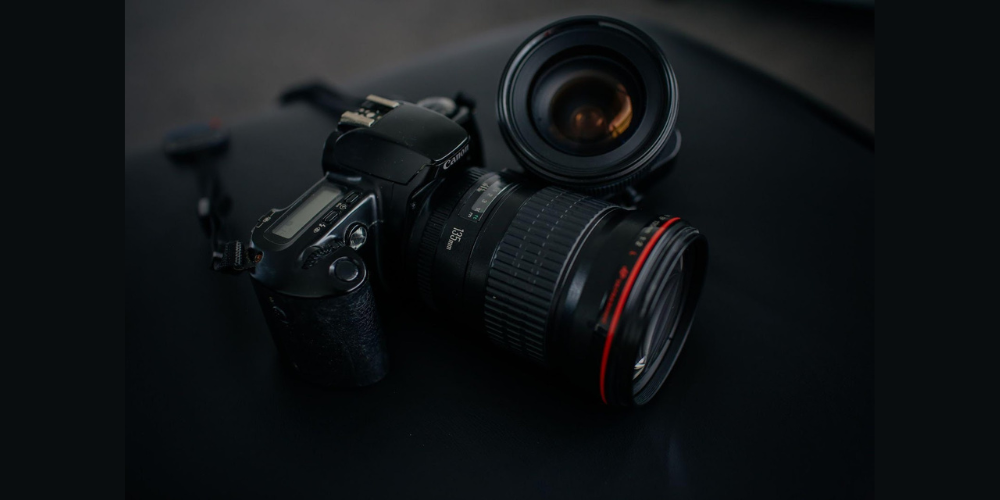
Some cameras are designed specifically for recording online classes. These cameras usually have a wide-angle lens and a built-in microphone. They are easy to set up and use, and they produce high-quality recordings.
If you already have a camera, you can use it to record your online classes. Just make sure that the camera is positioned so that it can capture your entire body or the entire area of the room where the class is taking place.
ALTERNATIVE: A lot of people don't realize that they can use their phones or laptops to record online classes at home instead of buying an expensive video camera. They can use their mobile phones or laptops to record online classes at home instead of buying an expensive video camera.
The reasons are three-fold: it's cheaper because you likely already have a device, it's more convenient because you can set up your device and start recording without any extras, and the audio and video quality is fantastic with today's technology.
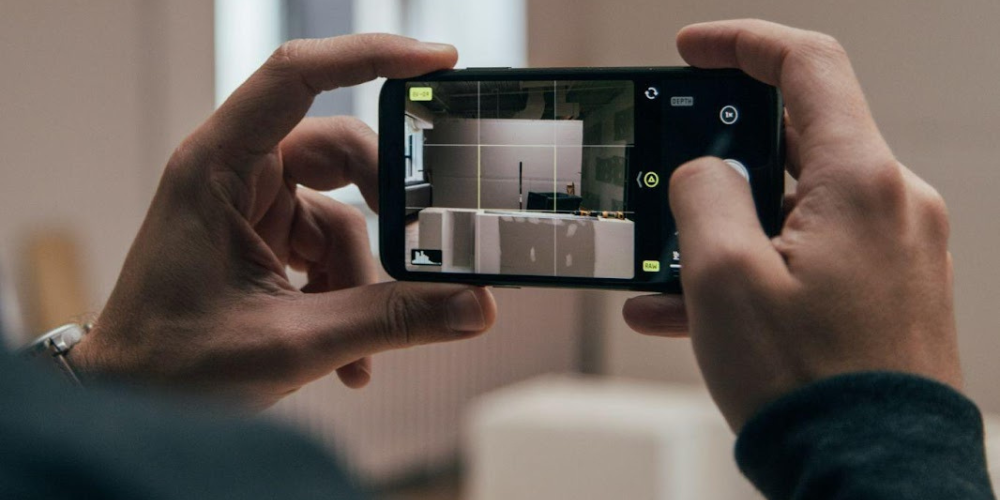
2. Tripod
Tripods are important for recording a video. The reason is simple. If you just try to hold the camera still yourself, you can't really get the high-quality video you want. Tripods are great for getting a steady recording and for making sure the video looks good. This is especially important when recording a class lecture, as any movement can be distracting for viewers.
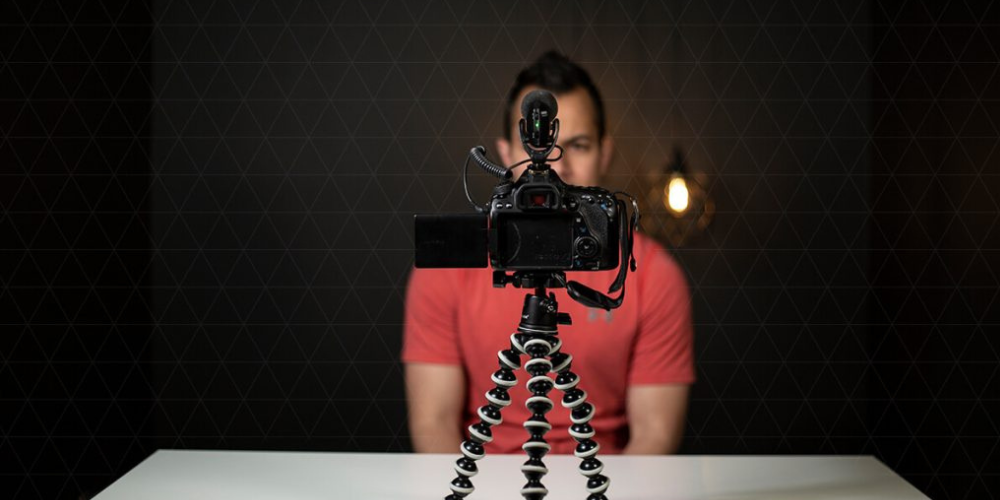
A tripod will allow you to position the camera at the ideal height and angle, ensuring that the audience can see and hear everything clearly. Finally, using a tripod will help prevent the camera from getting too close to your face, which can be off-putting for some viewers.
ALTERNATIVE: There are a few alternative options that you can use to record online classes at home without a tripod. One option is to use a stack of books or other objects to prop up your camera.
Another option is to mount your camera on a wall or other surface using a camera mount. Finally, you can hold your camera in your hand, but be sure to keep it as steady as possible to avoid shaky footage.

3. Microphone
When recording an online class, microphones are one of the important devices you should consider on your checklist. First, it ensures that all students can hear you clearly.
Second, it allows you to be more expressive and use a greater range of vocal inflexion, which can make the class more engaging for students.
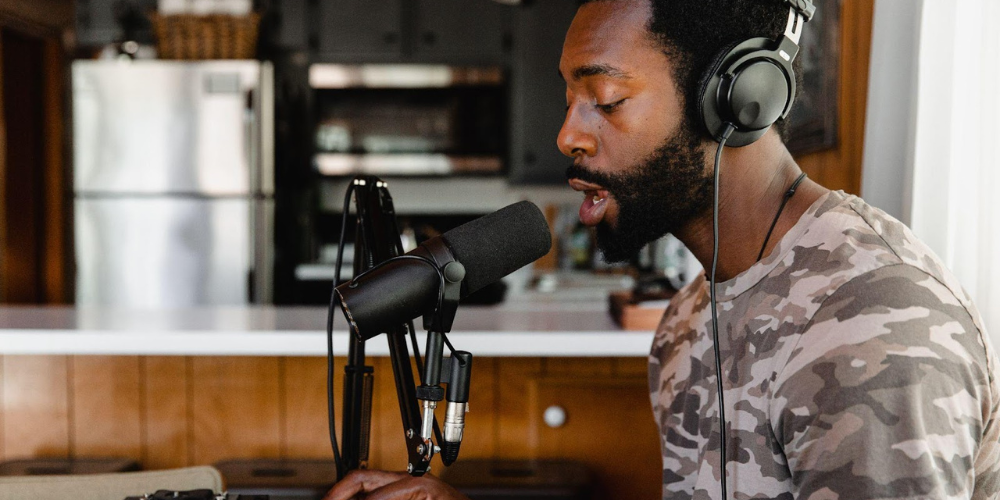
Third, it can help to reduce background noise, making it easier for students to focus on the lesson. Finally, it can be a useful tool for you to review the lesson afterwards and identify any areas that need improvement.
ALTERNATIVE: If you don't have a microphone, you can always use 2 phones or a laptop to record your online classes. It's like having a backup plan for your backup plan!
Another alternative to using a microphone is to use a screen recording program. This can be a great option if you want to be able to capture everything that is happening on your screen, including any visuals that are being used in the class.
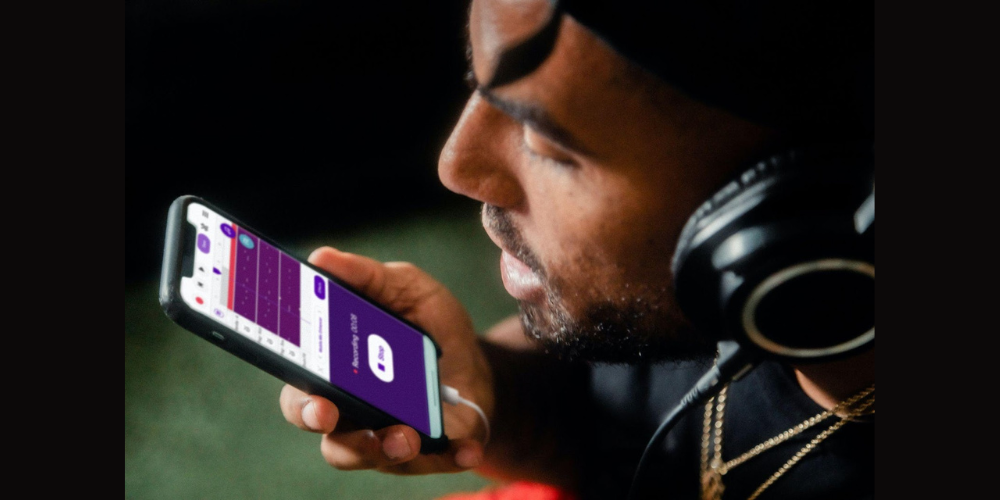
4. Lighting kit
Whether or not you use a lighting kit to record your online class at home is up to you. However, if you are looking to create a high-quality video, then a lighting kit can be a valuable tool.

A lighting kit can help to ensure that you are evenly lit, which can be important for creating a professional-looking video. It can help to reduce shadows that are cast on your face or in the background, which can be distracting for viewers.
Finally, a lighting kit can help to create a more flattering appearance, which can be important if you want your video to look its best.
ALTERNATIVE: As I said before, whether or not you want to use a lighting kit is totally up to you! As an alternative, you can use a combination of artificial and natural light. For example, you could set up a desk lamp or use ring lights to provide some additional light while also taking advantage of the natural light from a window.
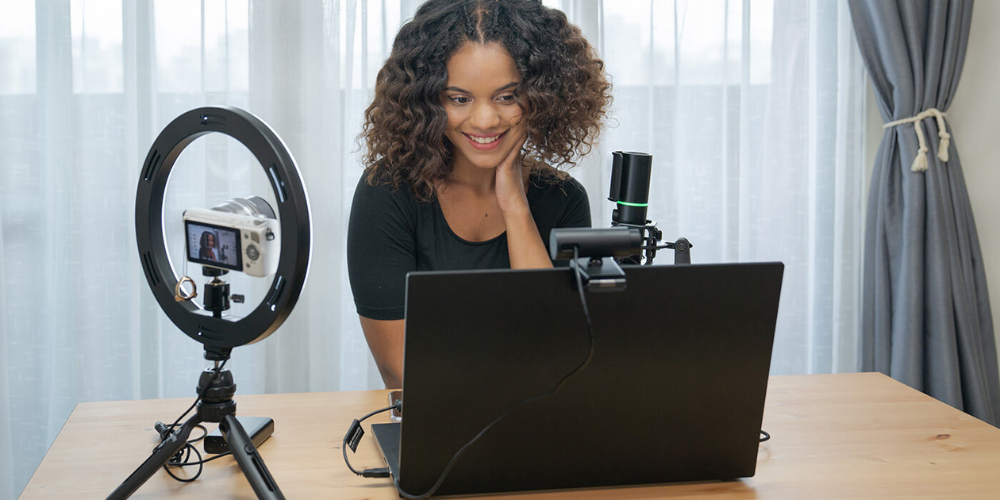
No matter what lighting option you choose, the important thing is to experiment and find what works best for you. Don't be afraid to try different things until you find the perfect setup for your needs.
Why Should You Include Video In Your Online Courses?
Engagement and retention are two of the main reasons why you might want to consider adding video content to your online courses. But videos can do more than just help students stay interested and focused - they can also add an element of fun to the learning process!
According to a source, 91% of educational institutions agree that video increases student satisfaction. When done right, videos can make your courses more enjoyable for everyone involved. And let's face it, who doesn't love watching a video?
If you're on the fence about whether or not to include video in your online courses, here are 5 reasons that might sway you.
1. Keeps Your Students Engaged
You're likely familiar with videos being used as entertainment. But did you know that they are also excellent learning tools? High-quality videos are a great way to keep your students engaged. By using videos, you can keep your students interested in the material and help them to understand the concepts.
Videos can also be used to assess your students' understanding of the material. If a video is somewhat interesting, students may watch the whole video, which can give you an idea of how well your students understand the material.
2. Easier to consume than text
Videos are easier to consume than text for several reasons. First, they are more engaging and visually stimulating. Second, they are typically shorter than text articles, making them less daunting to consume.
Third, they can be paused and replayed, which allows the viewer to control the pace at which they consume the information.
Finally, videos often convey information more effectively than text, since they can include audio, visual, and kinetic elements that text cannot.
3. Help you connect with the students
There are many ways that videos can help you connect with the students. For example, you can use videos to introduce yourself and your class.
You can also use videos to show the students what you are doing in class and to give them a glimpse of what they can expect.
Additionally, videos can be used to provide instructions for assignments or to share resources that will be helpful for the students. Finally, videos can be a great way to assess the student's understanding of the material.

Also Read: 5 Reasons Why Video-based Training is Perfect for Your Employees
4. Gives a more professional feel to your course
The use of videos in online courses has become increasingly popular in recent years. Videos give a more professional feel to the course and can be used to convey information in a more engaging and effective way than text alone.
Additionally, videos can be used to create a more interactive and engaging learning experience for students.
There are a few things to consider when using videos in your online course. First, you'll want to make sure that the videos you select are high-quality and informative. For that you can use good video editing software.
Second, you'll want to ensure that the videos are properly captioned so that all students can access and understand the content.
Finally, you'll want to consider how you'll integrate the videos into the overall structure and flow of your course.
When used effectively, videos can be a powerful tool for enhancing the online learning experience. If you're considering using videos in your course, be sure to keep the above considerations in mind to ensure a successful implementation.
5. Help you stand out from your competitors
In today's digital world, incorporating videos into your online courses is a great way to stand out from your competitors.
Videos are a great way to capture learners' attention and keep them engaged. When used effectively, they can help learners understand complex concepts and retain information better than other types of media.
Active learning is another benefit of using videos in online courses. When learners are actively involved in the learning process, they are more likely to retain information and be successful in the course.

If you're looking for ways to differentiate your online courses, consider incorporating videos. They can help you engage learners, introduce concepts, and provide demonstrations. With the right approach, videos can be a powerful tool for online education.
Ready To Shoot Your Videos At Home?
Video is becoming more and more prevalent in our lives, and more and more people are interested in creating their own videos.
Whether it is to build an online course, start a YouTube channel, or just use it as a way to connect with friends and family, video is becoming a more and more important part of our lives.
In this blog post, we have talked a lot about how to make your home video setup. We know that you need to make a decision on your video setup and we know that you want to make sure that you are getting the most out of it.
We hope that this article has helped you to make a decision on your home video setup for online courses!
If you want to learn more about course creation, or create & sell your own courses online Sign Up on FreshLearn Today!

You might also like
- How To Become A Successful Online Course Creator?
- Best Practices to Follow While Creating Online Courses
- Everything You Need to Know About Creating an Online Course
- How To Name An Online Course + 10 Ideas To Stand Out
- A Guide on How to Price Your Online Course in 2023
- How To Write a Good Course Title (Guide + Examples)


